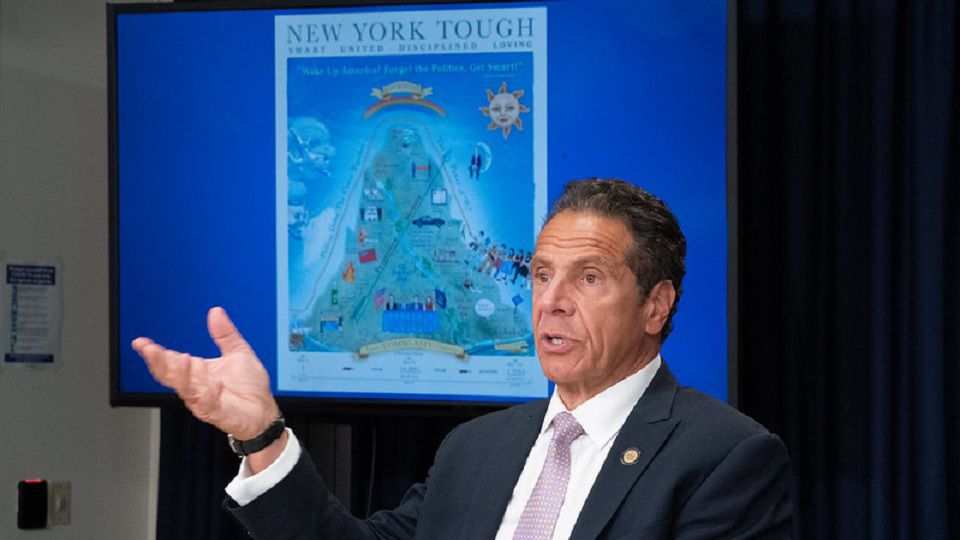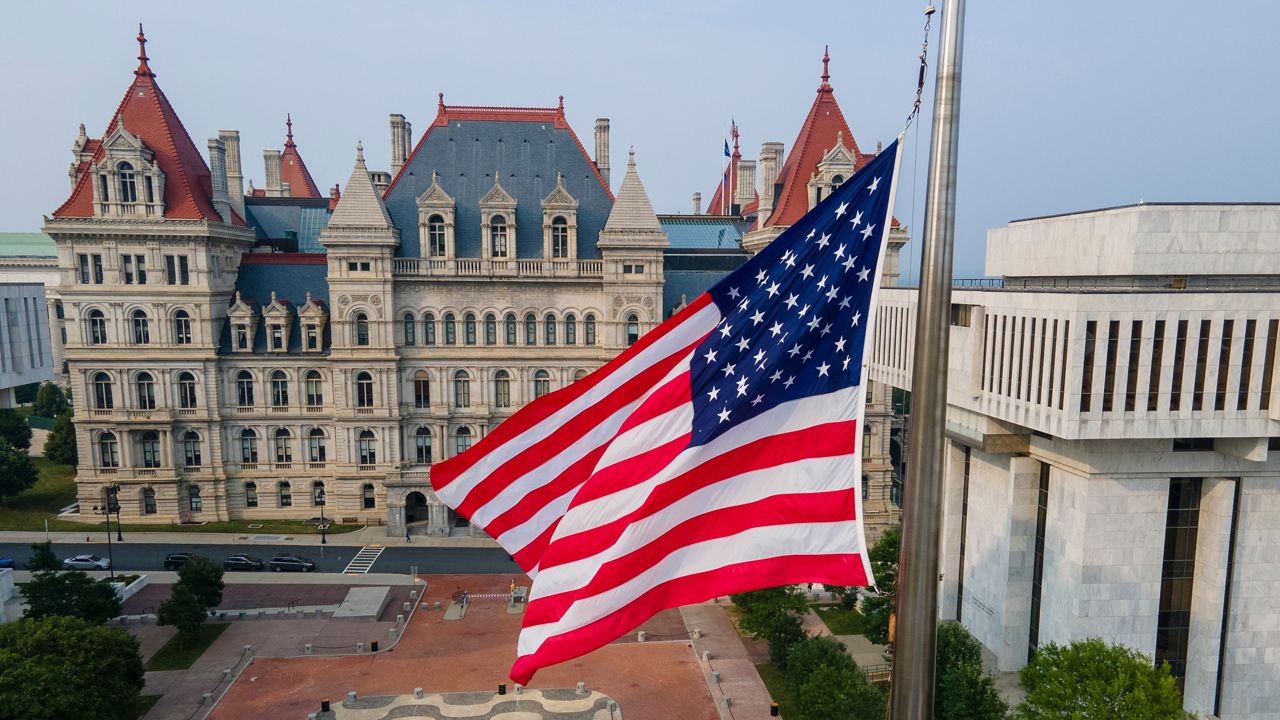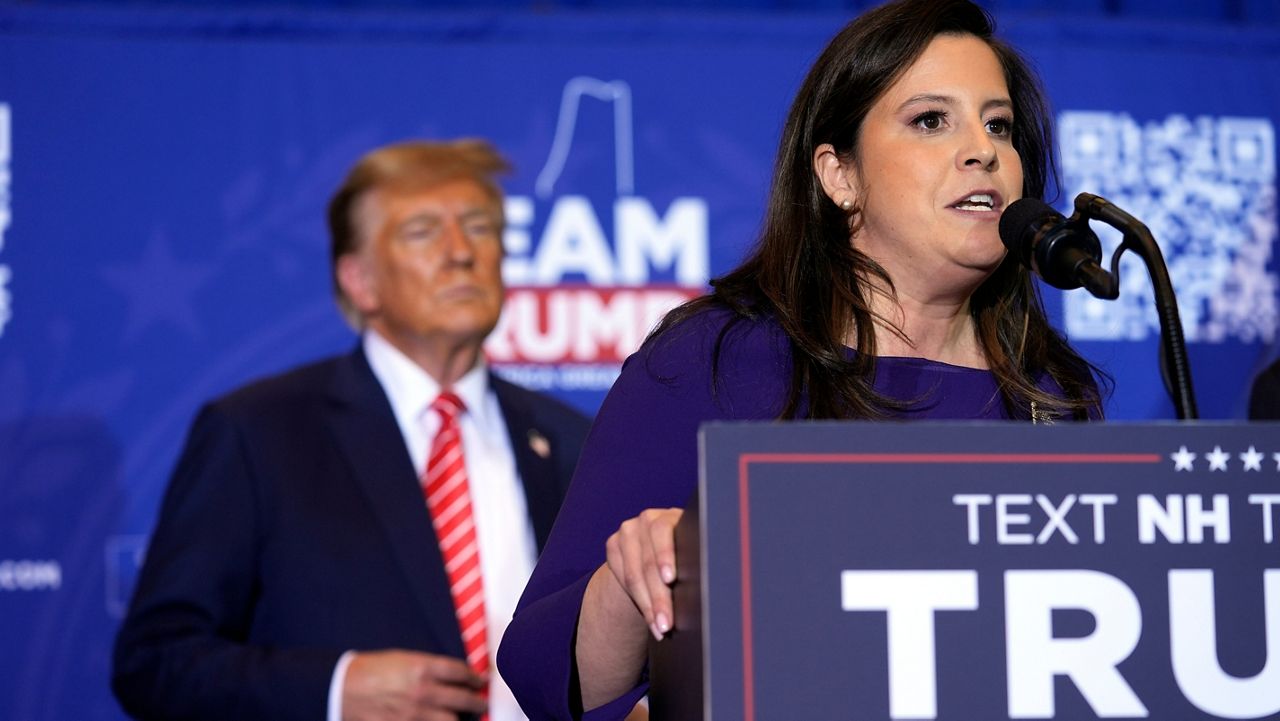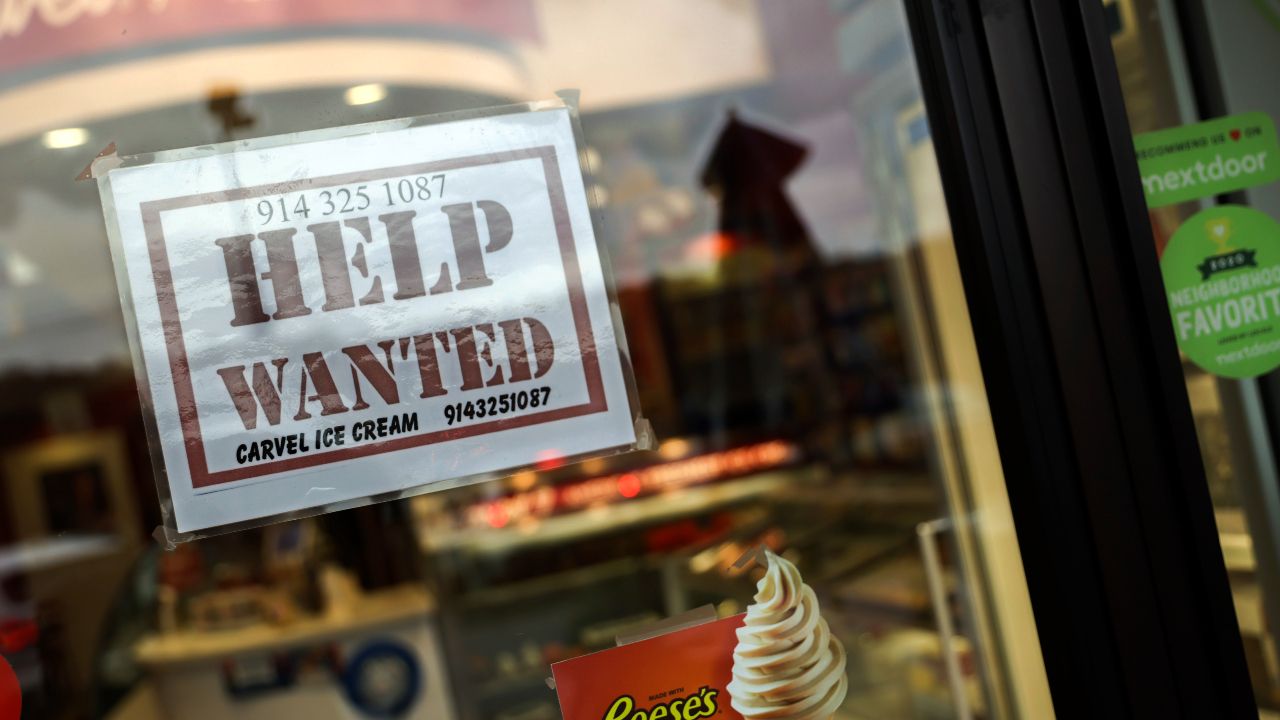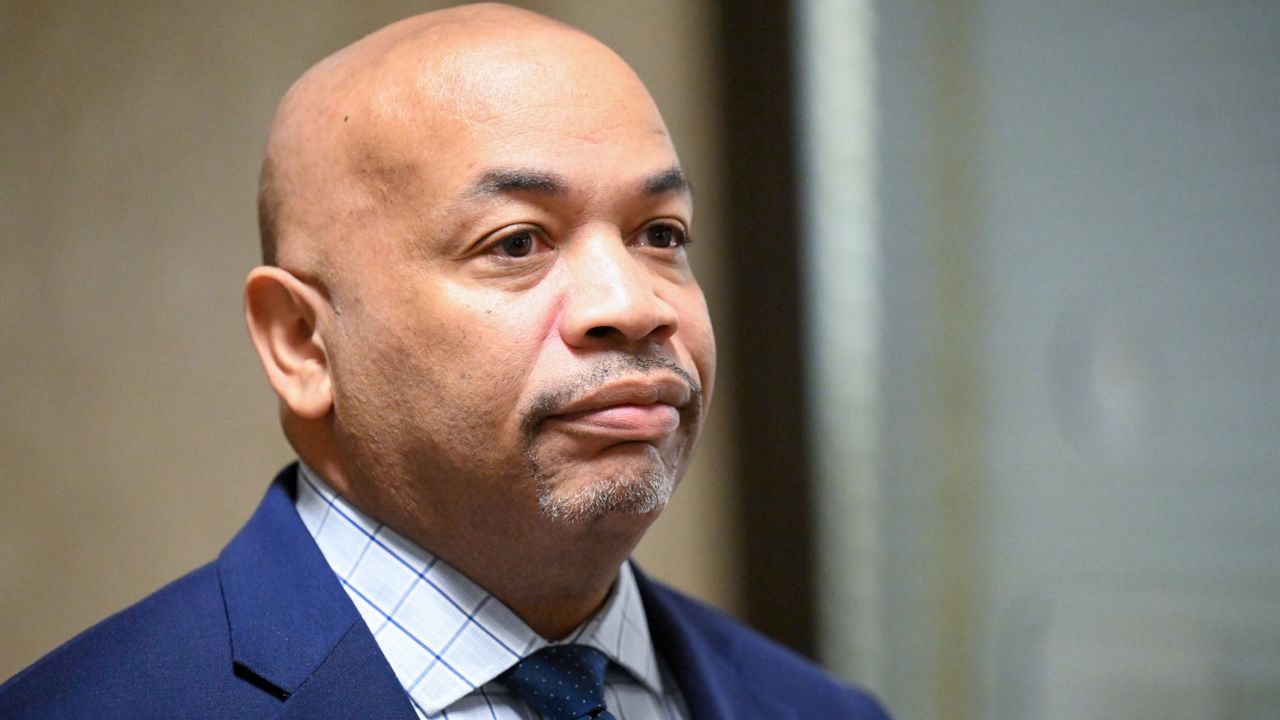Last year, Gov. Andrew Cuomo went fishing in upstate New York with his Connecticut counterpart, Democratic Gov. Ned Lamont. The two governors were delayed in returning to shore because neither man had actually caught a fish.
"And there was no way I was going back to face the press on the dock without a fish," Cuomo would later write.
This is a scene from the book "American Crisis: Leadership Lessons from the COVID-19 Pandemic" written by Cuomo and published on Tuesday.
The book is a behind-the-scenes and blow-by-blow account of how Cuomo and his team handled the coronavirus pandemic through marshaling resources for expanding hospital capacity, working with local officials to shutter businesses and schools to prevent the spread of the virus, and contending with the various volcanic eruptions from President Donald Trump.
But much of the book is like catching the fish: managing the public perception and communications end of what has been a never-ending crisis.
Cuomo has been governor of New York since 2011 and is now in his third term. He has been around politics a lot longer, having worked in and around his father's early political campaigns and as a cabinet secretary in President Bill Clinton's administration.
And the governor, who came of political age in the rollicking world of 1980s newspapers and TV in New York, has been a careful manager of the press.
In many instances, the audience was 19 million New York residents, tuning in for a daily briefing of charts and graphs that became a kind of counterprogramming for people who wished someone else was president at the moment.
"I would have to convince people that I was delivering an unbiased truth with facts," Cuomo writes in the book. "The people needed to trust me on this before I could ask them to act."
Other times, the briefings were for an audience of one: the president himself.
"Traditional discussion and negotiation never worked with Trump; nothing mattered to him other than the conversation in the media," Cuomo writes, noting he would often find himself responding in real time to a tweet the president sent during a briefing.
The news conferences developed a style all their own. Cuomo would arrive first thing in the morning to develop the slides and write down his thoughts before each one, usually held at 11:30 for a daily stretch from March to June.
Behind the scenes, Cuomo writes he is like "an aggressive CEO" who promotes in meetings "constructive impatience." He would often get on the phone himself to find out more about ordering ventilators and personal protective equipment.
"Thay's why I called these meetings 'peeling the onion.' They are to strip away issues to get at the essence of the matter, and someone usually cries in the end," Cuomo writes.
On one level, Cuomo was dealing with Mayor Bill de Blasio, who he acknowledges he does not have the best relationship with, and the Trump administration above him.
Cuomo reveals in the book that White House Chief of Staff Mark Meadows linked hospital funding to the sharing of test results for how hydroxychloroquine treated COVID-19 -- an act the governor viewed as extortion.
He writes Jared Kushner, the president's son-in-law, "was attentive and delivered" for New York when it came to securing ventilators and personal protective equipment as well as military personnel.
And Cuomo uses the book to get the final say on the controversies that have followed him during his handling of the pandemic.
Did New York take too long in closing down as some public health experts have suggested? The real question, Cuomo writes, is whether people would follow stay-at-home orders at all.
Did the state's discharge policies for nursing homes lead to thousands of unnecessary deaths in those facilities? That's a criticism generated by Republicans and right-wing media like The New York Post, Cuomo writes, even though Democrats have been critical of the nursing home policies during the pandemic.
History is revised and recast by a governor, likely knowing this will be one of the most consequential episodes of his long tenure in office.
His acknowledged mistakes include whether he should have urged New Yorkers to wear masks sooner. He writes he may have been "inartful" in dropping the news at the end of one briefing that his press secretary, Caitlin Girouard, had tested positive.
A section in the book about school closures ignores the push from teachers unions to close days in advance of the actual decision.
Cuomo is yet to reveal how much he is earning for this book. A previous memoir, "All Things Possible: Setbacks and Success in Politics and Life" earned the governor more than $700,000.
The governor releases his tax returns every April, so presumably an answer of how much money is being made won't come until then. Cuomo has also said he will give a portion of the proceeds to a COVID-19-related charity.
The book also comes amid rising cases in parts of New York and across the country. Hospitalizations in the state are once again above 900 patients.
Cuomo has insisted the book is not meant to be a "victory lap," but a halftime pep talk for how a potential second wave should be handled.
Indeed, the final 20 or so pages of the book include lists like "10 ways to avoid COVID" and "four elements for surge & flex."
Six years ago Cuomo released "All Things Possible," a book that acted as a memoir and policy book as the governor was about to secure a second term.
"American Crisis" in some respects is a sequel to 2014. Since then, Cuomo's father, former Gov. Mario Cuomo, has died. His daughters are now grown and have become informal advisors to him.
The book is not broken down into traditional chapters, but in more diary-style account of four months. Mario Cuomo himself published two diaries, one in 1974 and another 10 years later.
Cuomo writes about wearing pairs of his father's old shoes, about how in his mind he consults with his father at night.
"It wasn't a dream conversation; it was just an exercise," Cuomo writes. "I would list a fact pattern and ask him what he would thought."




